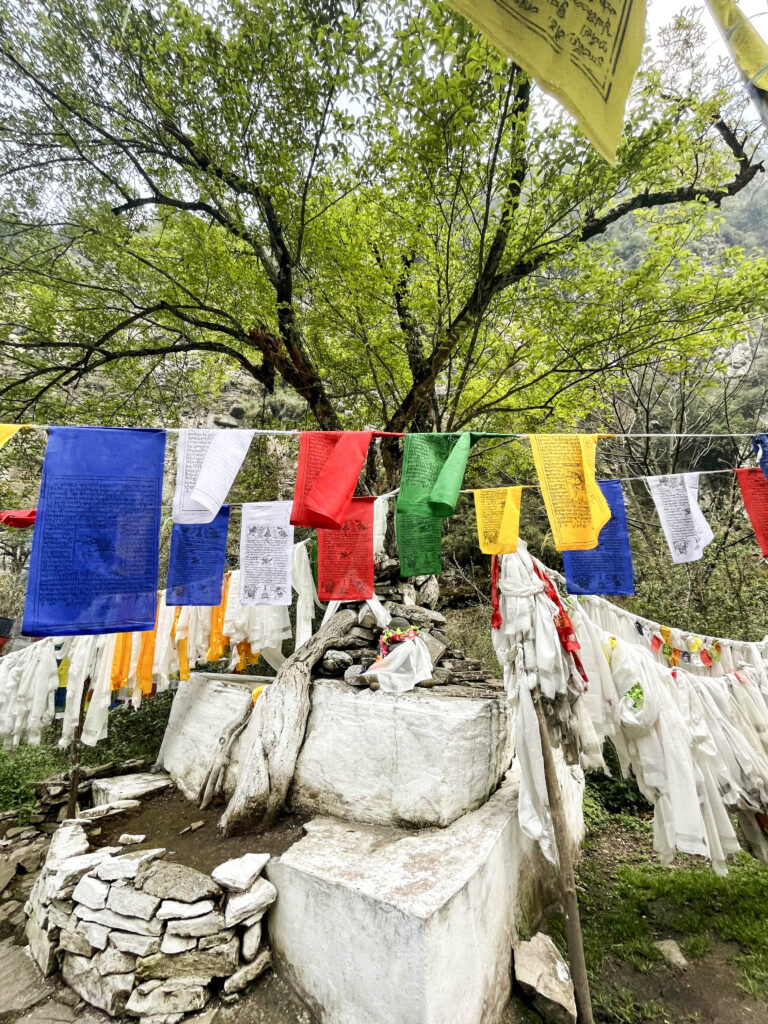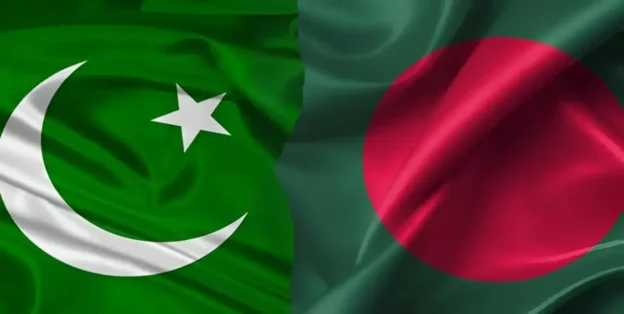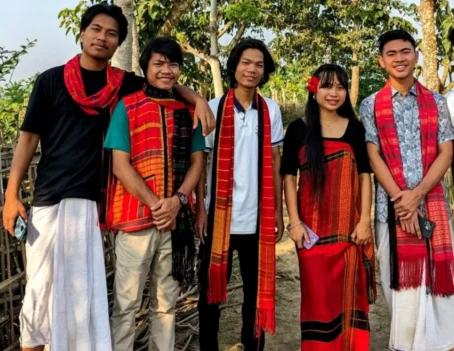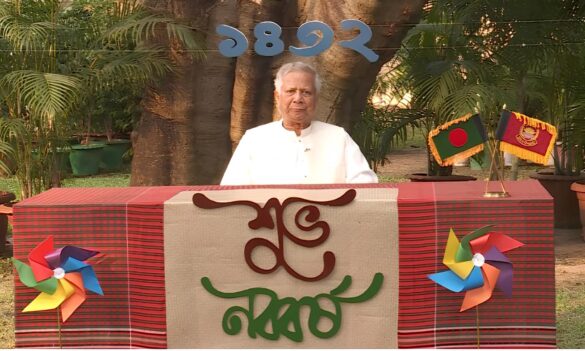“I get emotional because in 1959, when I escaped from Tibet, I came from this route. I was physically very weak. Mentally, there was a lot of anxiety, hopelessness, and helplessness. It was difficult. The local people here and also officials extended a very warm welcome. So I get emotional every time I visit Tawang.” – His Holiness the 14th Dalai Lama to The Times of India
Come Monday, March 31, the world will witness a unique journey—one that retraces the steps of history. The ‘Freedom Trail,’ a symbolic trek covering approximately 100 kilometers in 43 hours, will begin at Khen-Dze-Mani in the Zemithang circle of Tawang and culminate on April 5 at the revered Tawang Monastery. It is a journey that revisits a turning point in history, the very path taken by the 14th Dalai Lama as he fled Tibet in 1959.
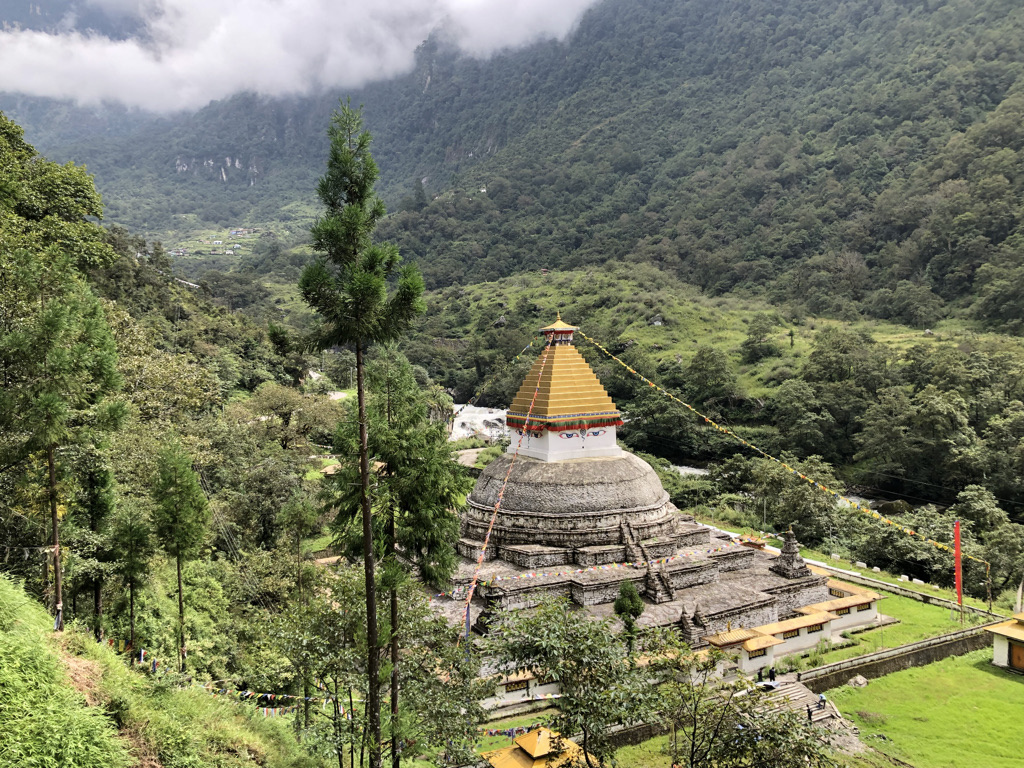
This deeply symbolic pilgrimage will see participants carrying a portrait of the Dalai Lama along with a part of the holy tree, passing it from village to village, binding communities together in an unbroken relay of memory and devotion. Zemithang, the historic entry point of His Holiness into India, is already abuzz with preparations. It was here, at Khen-Dze-Mani, that he first stepped onto Indian soil after his escape from Tsona in Tibet. Nestled within the Lumla administrative sub-division of Tawang, Zemithang is the smallest district in Arunachal Pradesh, yet its significance is immense. Meaning ‘land free from all sins,’ Zemithang is encircled by towering mountains and shares its borders with the Tibetan Autonomous Region (TAR) of China to the north and Bhutan to the south.
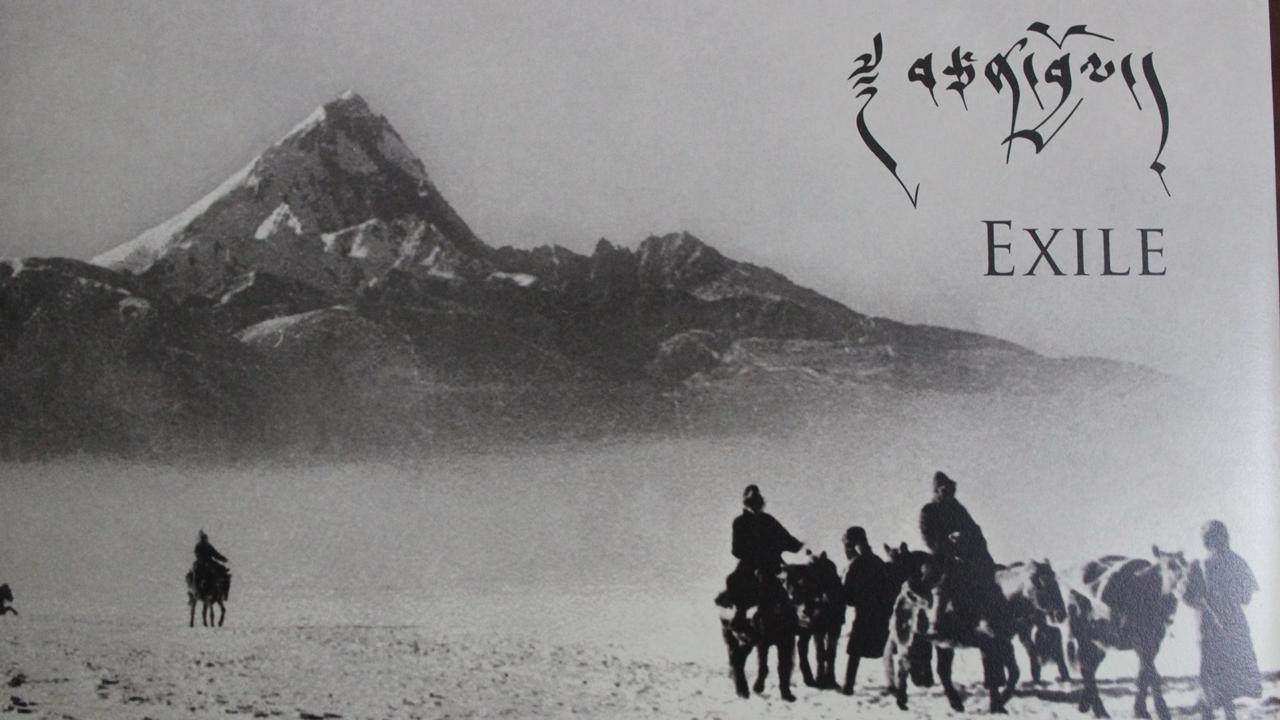
Walking this trail brings back memories—of stories passed down, of experiences carved into the land itself. Not long ago, we embarked on this very route, feeling the weight of history with every step. The sight of ‘Lhasa Dwar,’ where His Holiness crossed into India, is a stirring moment, a gateway into exile, and a portal into a new world. The holy tree at Khen-Dze-Mani, once a mere walking stick planted by the Dalai Lama, has now grown into a lush green symbol of resilience. Looking across from its shade, one can still glimpse PLA camps in the distance—a stark reminder of the land left behind.
Yet, this path’s significance predates even the Dalai Lama’s flight. It is a sacred corridor, once traversed by Guru Padmasambhava, the revered tantric master who carried Buddhism from India to the Himalayas and beyond. The ancient stupas and monasteries scattered across Nepal, Bhutan, Tibet, and India are silent witnesses to his journey. The Gorsam Chorten in Zemithang, where the Dalai Lama spent time during his escape, is an architectural sibling to Nepal’s Boudhanath, Bhutan’s Chorten Kora, and Tibet’s Samye Monastery. Samye, the first Buddhist monastery in Tibet, was nearly lost to the Chinese Cultural Revolution, only to be rebuilt after 1988.
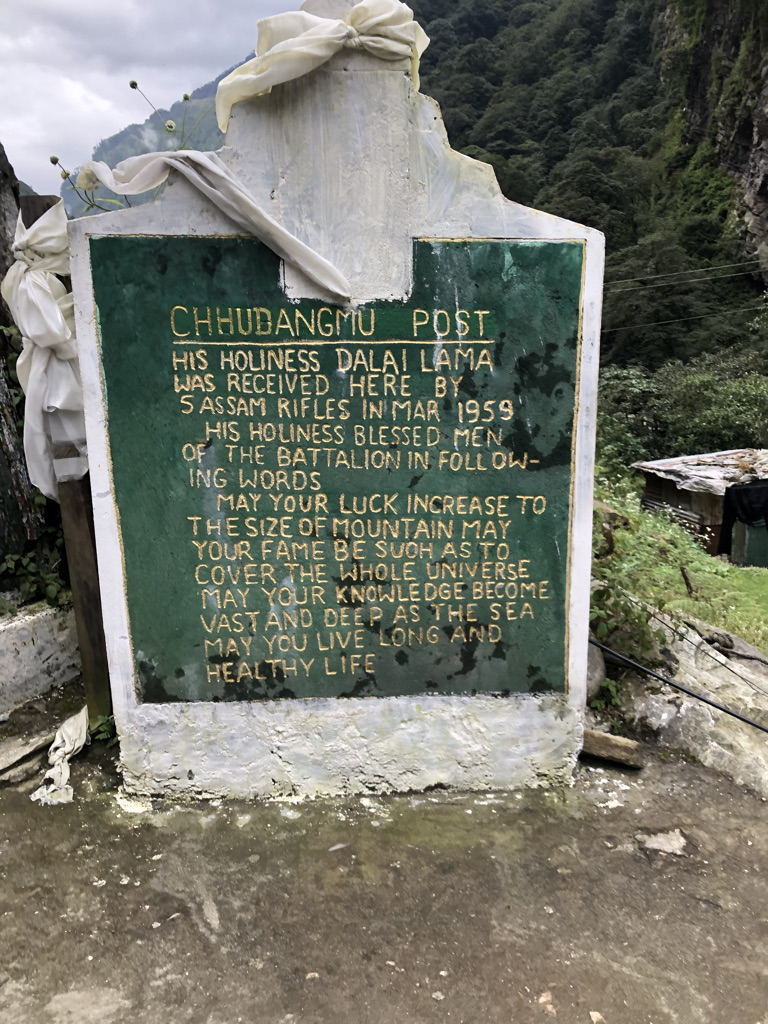
The timing of the Freedom Trail holds special significance, aligning with renewed efforts to open and develop these historic routes. Tawang’s Deputy Commissioner, Kanki Darang, who is spearheading the preparations, assures that “everything is on track.” Each stop along the way has been carefully chosen, ensuring that participants not only traverse the land but immerse themselves in its living history. The trek is not just about endurance—it is about remembrance, reflection, and rediscovery.
For those who embark on this journey, the experience is transformative. I still recall our young cameraperson, new to Arunachal Pradesh, unable to contain his awe. He read every plaque, every inscription about the Dalai Lama’s escape, calling it “the best thing I could have ever experienced. Besides, this place is so beautiful—it’s like paradise where I can only learn and relax.”
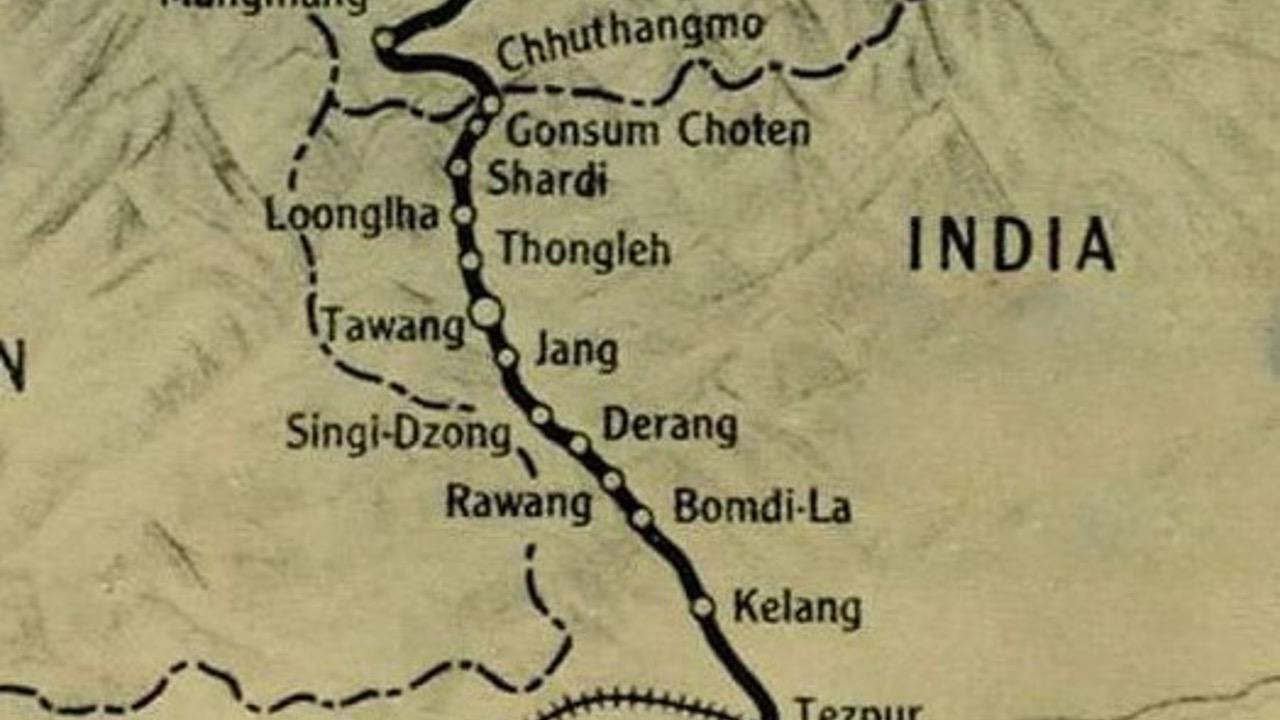
Indeed, the Gorsam Chorten, founded by the Monpa monk Lama Pradhar in the 12th century, remains a monumental reminder of faith’s endurance. Many believe that the Dalai Lama’s footsteps have immortalized its place in Tibetan history. As Arunachal Pradesh gears up to promote the region as a cultural and adventure tourism hub, Lumla is set to emerge as a center of both historical reverence and modern aspirations. Once a humble waypoint along the Dalai Lama’s escape route, Lumla’s transformation tells a larger story—one of perseverance, cultural preservation, and the desire to share its legacy with the world.
To commemorate this historic journey, the Public Works Department is leading an initiative to erect five monoliths at key locations marking the Dalai Lama’s escape. Participants of the trek will pass these sites, stopping at Gorzam Chorten, Shakti, and Thonglek, where monoliths depict key moments of the escape. Each place will serve as a pause in the journey—an opportunity to absorb, reflect, and honour the past.
The six-day trek follows a carefully mapped path:
- Day 1: The journey begins at Khen-Dze-Mani, covering a short yet significant three-kilometre stretch to Chhu-Dang-Mo, where participants will spend the day in prayer, cultural exchanges, and interactions with dignitaries. The Indo-Tibetan Border Police and Indian Army will provide accommodations for the night.
- Day 2: A ten-kilometre trek to Gorzam Chorten, a five-hour walk deep into the heart of history.
- Day 3: The longest stretch yet—22 kilometres to Shakti, a gruelling ten-hourO walk joined by heads of villages and Panchayat Raj Institutionsfrom Pangchen Dhingro.
- Day 4: A 23-kilometre journey to Old Lumla, culminating in a visit to Thar
Dhoe Norbu Ling Gonpa. - Day 5: A 14-kilometre stretch to Thongleng, the penultimate stop before the final push.
- Day 6: The climactic 28-kilometer march to Tawang Monastery-an 11-hour journey, ending in the embrace of history.
At Tawang Monastery, the Abbot, lamas, government officials, and the people of Tawang will gather to receive the trekkers. The culmination of the trek will be a moment of collective reflection, where participants will share their experiences before an audience eager to hear their stories. The event will close with a cultural programme—a tribute to the rich heritage of Tawang and Arunachal Pradesh, a fitting end to a journey that retraces one of the most significant moments in modern Tibetan history.
This trek is not just a walk through rugged terrain. It is a journey through time, an act of remembrance, and a tribute to resilience. As footsteps echo along the Freedom Trail, they will carry with them the spirit of those who walked before—those who sought refuge, those who upheld faith, and those who now seek to keep their stories alive for generations to come.

